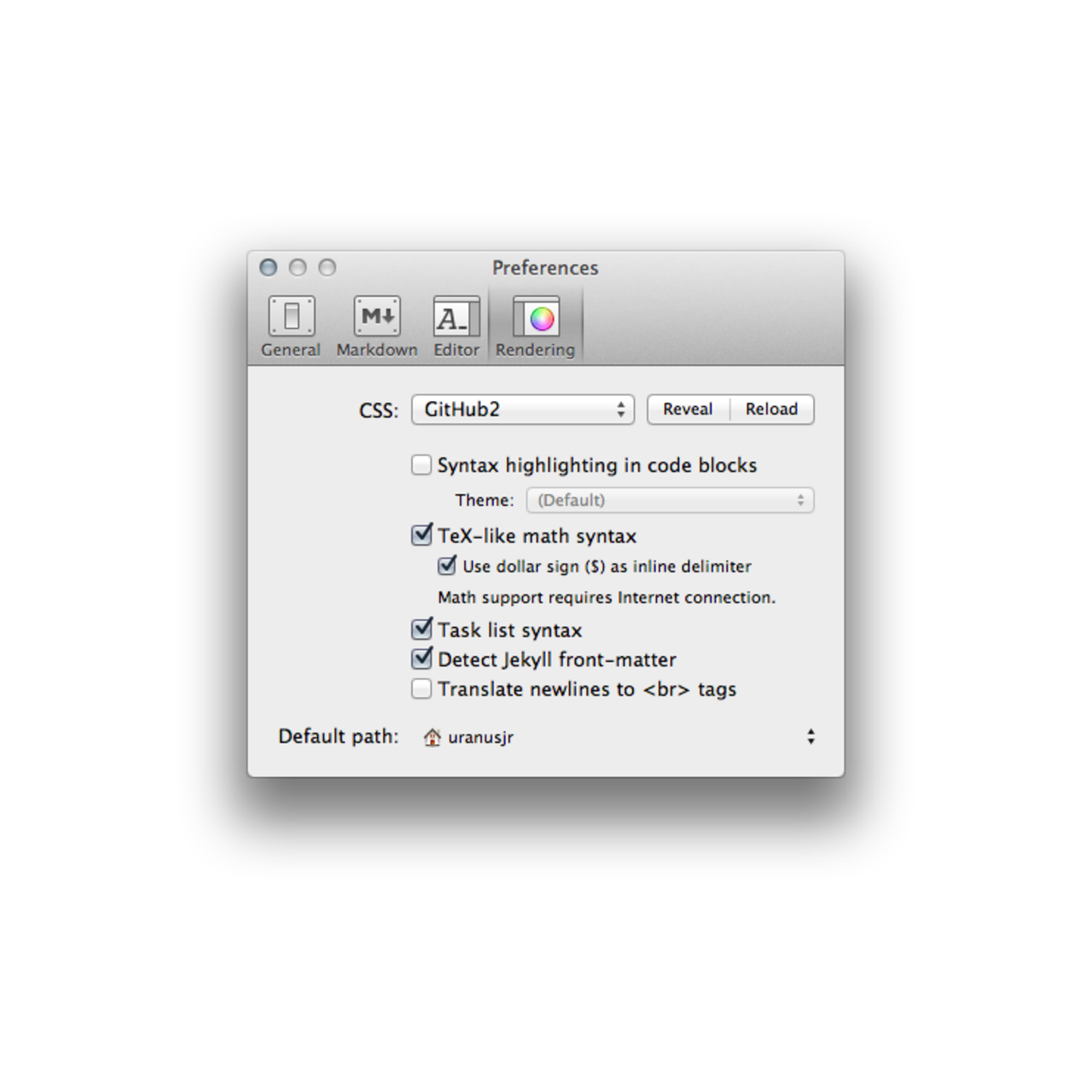

Normally I require you to put two spaces and a newline (aka return) at the end of a line in order to create a line break. Just make sure you put the front-matter at the very beginning of the file, and fence it with. If you like, I can display Jekyll front-matter in a nice table. I don’t support clicking checkboxes directly in the html window.5 I can do inline math like this: ( 1 + 1 ) or this (in MathML): I can also render TeX-like math syntaxes, if you allow me to.
MACDOWN STRIKE THRU CODE
See the Fenced Code Block section if you haven’t! You can also choose different themes for syntax highlighting. You have already seen how I can syntax highlight your fenced code blocks. You can even customize or add your own custom css files. You can choose different css files for me to use to render your html. This is where I keep preferences relating to how I render and style the parsed markdown in the preview window. The following is a list of optional inline markups supported: Option name

MACDOWN STRIKE THRU FULL
See relevant sections on the official site for a full list of supported syntaxes. I support many popular languages as well as some generic syntax descriptions that can be used if your language of choice is not supported. The language ID will only be used to highlight the code inside if you tick the Enable highlighting in code blocks option. You can add an optional language ID at the end of the first line. The left- and right-most pipes ( |) are only aesthetic, and can be omitted. You can align cell contents with syntax like this: Left Aligned If both are enabled, Quote takes precedence. Quote and Smartypants are syntactically incompatible. Very useful if you’re a typography freak like I am. The Smartypants extension automatically transforms straight quotes ( " and ') in your text into typographer’s quotes ( “, ”, ‘, and ’) according to the context. This is where I keep all preferences related to how I parse markdown into html. If you type three asterisks *** or three dashes - on a line, I’ll display a horizontal rule:
MACDOWN STRIKE THRU HOW TO
I also know how to do something called Fenced Code Blocks which I will tell you about later. Print('Then indent at least 4 spaces or 1 tab') Print('The block must be preceded by a blank line') So you might want to start each line with 1.It doesn’t matter what number you use, I will render them sequentially.Start each item (number-period-space) like 1.Unordered lists start each item with a *.Lists must be preceded by a blank line (or block element).: path/or/url/to.jpg "Optional Title" Lists !(path/or/url/to.jpg "Optional Title") Reference style If the link text itself would make a good id, you can link like this, then on it’s own line anywhere else in the file: Make a link then on it’s own line anywhere else in the file: Sometimes it looks too messy to include big long urls inline, or you want to keep all your urls together. ( "Title") (The title is optional) Reference style Perhaps you want to some link text like this: Macdown Website Just put angle brackets around an email and it becomes clickable: thing with urls: To force a line break, put two spaces and a newline (return) at the end of the line. If you already know markdown, and want to jump straight to learning about the fancier things I can do, I suggest you skip to the Markdown preference pane. The Basicsīefore I tell you about all the extra syntaxes and capabilities I have, I’ll introduce you to the basics of standard markdown. You can configure various application (that’s me!) behaviors in the General preference pane. You can customize the editor window to you liking in the Editor preferences pane: You can specify extra HTML rendering options through the Rendering preference pane. But I can do so much more! Various popular but non-standard syntaxes can be turned on/off from the Markdown preference pane. I support all the original Markdown syntaxes.

I render your Markdown contents real-time into HTML, and display them in a preview panel. MacDown is created as a simple-to-use editor for Markdown documents. The original Markdown syntax specification can be found here. Markdown is a plain text formatting syntax created by John Gruber, aiming to provide a easy-to-read and feasible markup. Hello there! I’m MacDown, the open source Markdown editor for OS X.


 0 kommentar(er)
0 kommentar(er)
